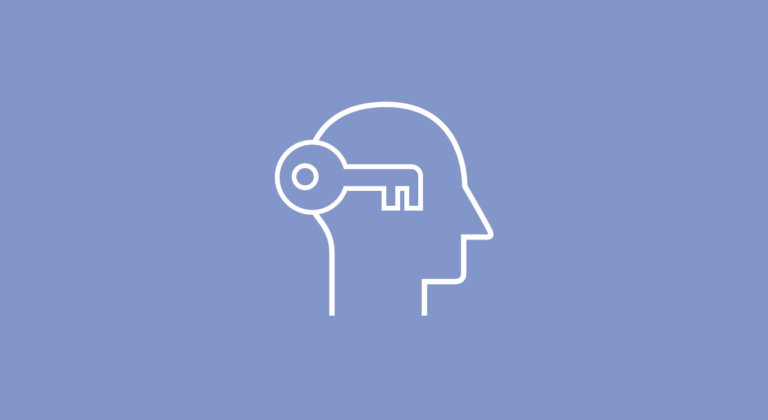I recently read an article “Everyone is a designer. Get over it. ” and it got me thinking. The statement is true, but only in part. In the same way these statements are true.
Everyone is a coder. But not everyone can code.
Everyone is a leader. But not everyone can lead.
Everyone is a painter. But not everyone can paint.
Obviously, I am being a little flippant, but I get it. I understand the point that is being made, and it is actually much more important than it first appears.
The author was actually writing in reaction to another article written by Jared Spool, which highlighted that everyone within a company touches the design process in some way. Both articles point out that designers have problems with control and that everyone in a company should be armed with the tools to contribute to the design process, and that they “want designers to change the way they think about their role and become better stewards of good design.”
I completely agree
I could not agree more with this statement, designers should be better stewards of design. Designers should teach and inform everyone around them about what “good” design is. In fact, everyone in a company should be a good steward of their discipline or job. If everyone shared more about their jobs, tasks and needs, then the culture of a company would excel. It doesn’t start or stop with the discipline of design.
What the authors do not do, in either of these articles, is talk about how difficult it already is for designers to have a voice within a company.
Many designers are placed in silos within companies and are relegated to the bottom of the process. They are tasked with converting copy and images into pretty pictures, and directed by executives. These designers never experience what it is to have a voice, to weigh in on product development, or partake in the process. Companies that treat designers this way, also treat other disciplines the same and will never understand what it means to develop a culture that drives their business forward.
However, it must be noted that there any many types of designers and not all designers are created equal. Perhaps more today than any other time in history. All of these disciplines have evolved from the discipline of design during the the digital era. Here are a few types of designers:
The design architect
A “design architect” or “design engineer” is the type of designer which forward thinking companies seek out. This designer is a student of the Bauhaus and Swiss movements. They learn a process that places the stress on experiments, problem solving and understanding the relationship of art, technology and society.
The design architect and design engineer practice design thinking. For these designers, design is never about making pretty pictures, it is about solving problems. User problems. Product problems. Business problems.
The user experience (UX) designer
These designers focus on the user experience for a digital product. A website, an app, a kiosk etc… They utilize user research and workflows to create experiences for different audience types. Their goal is to improve the usability, ease of use and interactions customers have with products. They are using design principles to simplify user interactions.
The interface (UI) designer
Focusing on the end user interface is the domain of this designer. They focus on designing interfaces for machines, software, mobile apps and websites. They are spending their time deep in brands, color palettes, typography and are creating the space for all of the features that are required for the product.
The information designer
Taking large amounts of content and data and arranging it into consumable layouts, diagrams, and systems is what this designer does all day long. They look at how to display the data to the user in the most usable format. They look to assisting the user in gaining meaning into the data being displayed by how they choose to layout the information.
The print designer
These designers practice the art of designing for paper in all of its formats. Posters, books, magazines, flyers. They are experts at sequential design and enjoy the challenge of the limits of the size of paper. They also understand tactile nature of paper, color and its effects on design and the consumer.
The brand designer
This type of designer delves into the company, its competition, its industry and its audience. They spend their time developing a personality, message, strategy and designing the identity (aka logo) for the company. They then can execute these items into tangible elements of a brand by developing a brand guideline and creating traditional visuals to extend the brand.
Everyone can do anything.
I would update the original hypothesis to state, everyone can contribute to good design ideas and solutions or more simply, everyone can contribute. Creating an environment where everyone from the interns, delivery people, and staff is contributing to solutions is the ultimate in design culture. This is the culture that all companies seek. A workspace where the ideas are dripping from the walls.
Staff should feel, and be empowered, to propose ideas and concepts to anyone within a company. They should be able to comment on the product wall, and be taken seriously.
Companies and executives ask all the time how their staff can innovate faster, iterate more effectively and bring new products to market with less friction. They hire consultants to assist them in this endeavor, they watch the latest Ted talks, they redesign their logo. They read everything to try to create a culture that is happy and forward thinking. In my opinion this company is the new unicorn.
Well trained designers see inspiration everywhere, they are constantly asking questions, absorbing information at an alarming rate. What is it that makes them able to create solutions from all of this information? What is their skill set? Why do they see the world differently? Of course this does not mean that these skills are only the purview of the designer, that would be a generalization, but designers are uniquely situated to provide leadership in this role.
Within a company setting, designers are able to provide the language and the tools for everyone in the company to be included in the design process. Before a designer can put this action into place, the CEO and the company leadership must allow the designer to take on a leadership role. Only from that role can everyone learn how to contribute to design, products, processes and innovation, taking the company to the next level.




